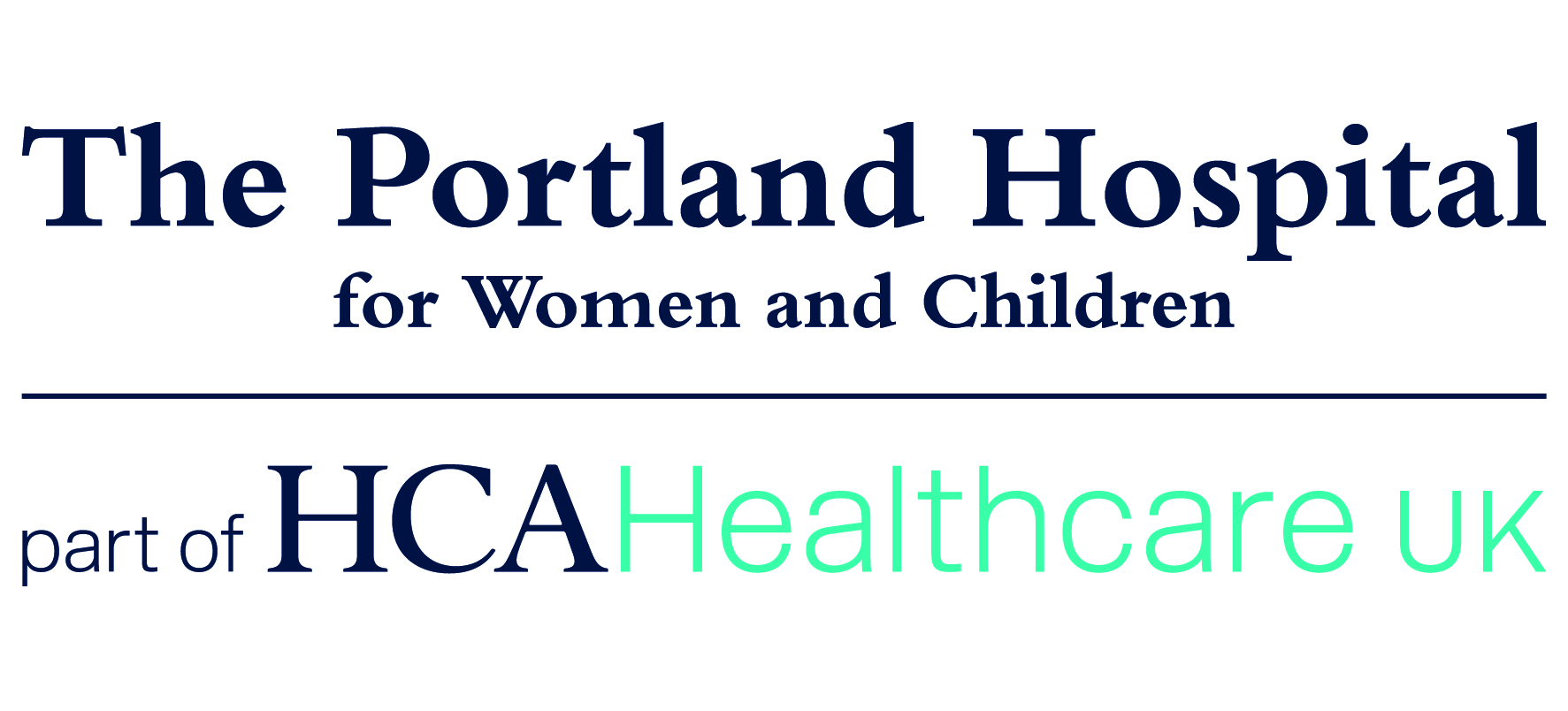What does expressing breastmilk mean?
Expressing milk means taking milk out of your breast, using either your hand or a manual/electric pump.
There are lots of reasons you might want to express breastmilk.
One of the most common later reasons is so that you can continue to give your baby breastmilk when you go back to work, or if you know you’re going to be away from your baby for a little while.
Expressing milk serves two purposes in this case:
Expressing breastmilk is also useful if you have engorged breasts and it hurts when your baby starts to feed. In this case, you just express a little milk from your breast by hand first, so your breast isn’t too hard and full, making it hard for your baby to latch on correctly.
Expressing breastmilk is also helpful if you feel your milk ducts are getting blocked and you’re worried about getting mastitis. Some gentle hand expressing will help massage away the blockage and to encourage the flow of milk. Expressing milk is one of the best ways to prevent engorgement from developing.
Expressing milk is a really useful skill to learn as a breastfeeding mum, so here are a few tips on getting started.
First and most vital, start practising well before you actually need to give your baby expressed milk. If you are getting ready to go back to work, start expressing before you return!
When you breastfeed your baby, just the fact that you’re holding her in your arms means the hormones that trigger the milk ‘let down’ reflex start to flow. If you’re expressing at work, say, and your baby’s not there with you, those hormones aren’t triggered and the milk won’t flow so easily. You might need to ‘trick’ your hormones by thinking about your baby, imagining her with you or even looking at a picture of her or having a piece of her clothing that smells of her. You’ll soon find out what works for you to get your milk flowing.
To start hand-expressing, wash your hands first and then it can help to prepare the breast with a bit of massage. Then cup your fingers around your breast in a ‘C’ shape, thumb supporting your breast underneath and fingers resting lightly on top, around 2 cm back from the base of your nipple. Squeeze gently – you should see milk coming out. At first, it might just be a few drips, but as you become more confident and your milk begins to flow, you’ll find it a much more effective process. Have a clean bottle or wide-brimmed container to catch the milk in.
Repeat this action all the way around your breast before moving onto the other breast. If you still need a bit more milk, go back to the first breast again and repeat until you have enough.
Most mums find that hand expressing is a useful way to help clear blocked milk ducts, and that it helps with mastitis. If you need larger quantities of milk, however, a manual or electric pump can be much quicker and more effective.
There are two main kinds of pump – hand pumps and electric pumps. There’s no right or wrong – just whatever suits you best. Think about how often you’ll be using it – for instance, if you’re not expressing regularly, a hand pump may be super-effective but much less expensive.
Heavy-duty pumping might require more heavy-duty equipment!
As with expressing by hand, you’ll need to take some time to perfect your technique. Start practising well before you go back to work so you’ll be relaxed about the whole process – nothing inhibits milk flow like stress.
Again, it helps to think about your baby or look at a picture of her to activate your hormones and get the milk flowing. Most breast pumps, whether manual or electric, are easy to use and come with full instructions so take your time and really familiarise yourself with the process. Practise is the key!
Just as it may have taken some time to become confident with breastfeeding it can also take time to learn to express confidently. Your breasts will be used to letting down milk for your baby and using a pump or hand expressing your milk may not be as effective as the hormones respond better to your baby feeding. Don’t leave it until the last-minute before returning to work to start expressing as the more you practice beforehand the better.
How much expressing you need to do will depend on your working hours, the age of your baby and whether you decide to fully or partially breastfeed/provide breastmilk. Talk to your health visitor or breastfeeding supporter about your options and begin to make a plan that works for you. If you are going to express milk at work talk to your employer about where you can express in private. You can store your expressed breastmilk in a cooler bag and it can be given to your baby the following day whilst you are at work.
For a list of useful contact details for The Portland Hospital, please click HERE.
